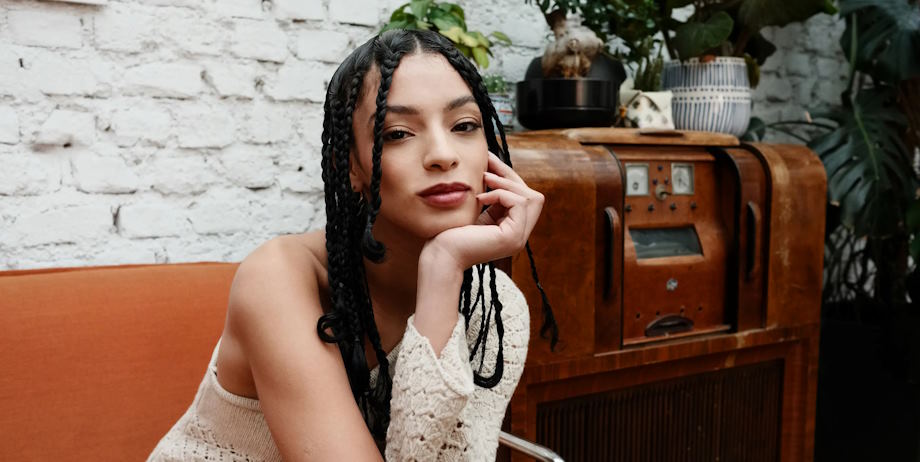Our hair, a defining feature of our identity and personal style, possesses a remarkable structure that is both resilient and delicate. Understanding the intricate composition of hair is pivotal to grasping the impact of braiding on its health. From the root to the tip, each strand is composed of keratin, a protein that determines its strength and flexibility. As we delve into the mechanics of braiding, we uncover the tension and stress that this styling technique imposes on the hair cuticle.
Hair Structure and Composition
Before delving into the complex world of braiding, it’s essential to understand the foundation of our hair – its structure and composition. A single hair strand is a marvel of nature, consisting primarily of keratin, a fibrous protein that provides strength and structure. The outer layer, known as the cuticle, acts as a protective shield for the inner layers, shielding the hair shaft from environmental stressors. Different hair types exhibit varying levels of porosity, thickness, and elasticity, influencing their susceptibility to damage.
Types of Braids and Their Effects
From the closely woven cornrows to the larger-than-life box braids, the type of braid chosen plays a crucial role in determining its impact on hair health. Tight, small braids may provide a sleek and polished look but can exert excessive tension on the hair, potentially leading to breakage and damage. On the other hand, larger and looser braids distribute tension more evenly, offering a gentler styling option.

Mechanics of Braiding
The art of braiding involves weaving multiple strands of hair together, creating intricate patterns and textures. As we embark on the mechanics of braiding, it becomes evident that this seemingly simple act is a delicate dance between tension and flexibility. The process of braiding exerts stress on the hair, particularly on the cuticle. Depending on the tightness and size of the braids, the impact on the hair structure can vary, leading to either positive or negative effects on overall hair health.
Benefits of Braiding for Hair Health
Despite the potential risks associated with braiding, this age-old practice offers several benefits for maintaining healthy hair. One notable advantage is the protection that braids provide against environmental factors. By neatly securing the hair, braids act as a shield, reducing exposure to harsh weather conditions, pollutants, and physical friction. Additionally, braids help minimize tangling, reducing the occurrence of split ends and breakage. The consistent structure of braids also aids in preserving the natural oils produced by the scalp, preventing excessive dryness.
Risks and Precautions
While the benefits of braiding are evident, it is crucial to acknowledge and address the potential risks associated with this styling technique. Traction alopecia, a condition characterized by hair loss due to prolonged tension, is a common concern among individuals who frequently braid their hair tightly. Over-braiding, especially when combined with other styling practices, can lead to weakened hair shafts and increased susceptibility to breakage. To mitigate these risks, it is essential to adopt precautionary measures, such as varying hairstyles, avoiding excessive tension, and giving the hair adequate rest between braiding sessions.

Tips for Healthy Braiding
Maintaining healthy hair while enjoying the beauty of braided styles requires a balanced approach. Choosing the right braiding technique for your hair type is a fundamental step. Those with finer hair may opt for looser braids to minimize stress, while individuals with thicker hair may explore a variety of styles. Proper preparation before braiding, including thorough cleansing and moisturizing, sets the stage for a healthy styling experience. Regular maintenance, such as moisturizing the scalp and ensuring that braids are not overly tight, is essential for long-term hair health.
Cultural and Social Perspectives
Braiding is not merely a styling choice but a cultural and social phenomenon that holds diverse meanings across communities. From African tribal traditions to modern-day fashion statements, braids have been a symbol of identity, heritage, and self-expression. Understanding the cultural significance of braiding enhances our appreciation for this timeless art form and prompts us to approach it with respect and mindfulness. As trends in braided hairstyles evolve, there is a delicate balance to be struck between embracing cultural heritage and ensuring the health of our hair.
